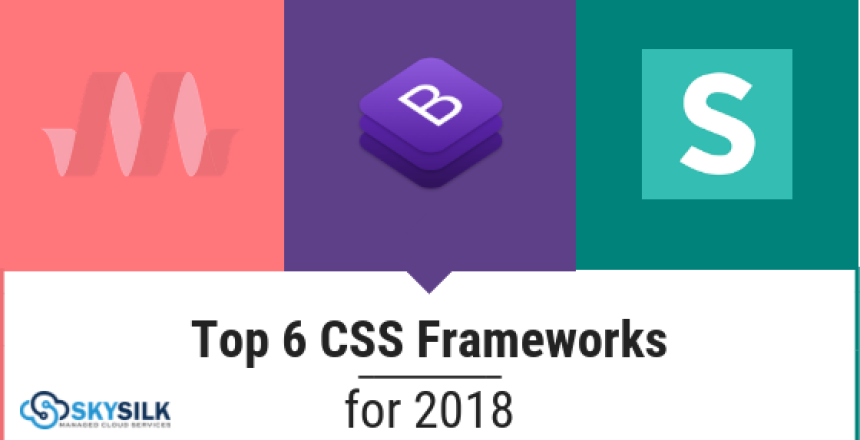Aladingsc Insights
Your go-to source for trending news and informative guides.
CSS Frameworks: The Style Squad You Didn't Know You Needed
Unlock the power of CSS frameworks! Discover the hidden gems that can elevate your web design game and streamline your workflow.
Top 5 CSS Frameworks to Level Up Your Web Design
When it comes to enhancing your web design, utilizing a CSS framework can significantly streamline your workflow and improve your site's aesthetics. Among the myriad of options available, CSS frameworks provide structured styles and components that help developers create responsive and visually appealing websites with ease. Below, we outline the Top 5 CSS Frameworks that can level up your web design game:
- Bootstrap: One of the most popular frameworks, Bootstrap offers a comprehensive set of components and a responsive grid system, making it ideal for building mobile-first designs.
- Tailwind CSS: Tailwind focuses on utility-first styling, allowing developers to create custom designs without leaving their HTML. Its flexibility and ease of use have contributed to its rapid rise in popularity.
- Foundation: Developed by ZURB, Foundation is a robust framework that emphasizes responsive design and includes a range of pre-styled components to accelerate development.
- Bulma: Known for its simplicity and modern aesthetic, Bulma is built with Flexbox and helps create mobile-friendly designs quickly and efficiently.
- Semantic UI: This framework takes a unique approach by using human-friendly HTML, making it easier to understand and code. It's perfect for those who want to produce clean and semantic markup.

Why Every Developer Needs a CSS Framework in Their Toolkit
In today's fast-paced development environment, every developer should consider incorporating a CSS framework into their toolkit. A CSS framework provides a structured foundation that not only simplifies the process of developing websites but also enhances consistency across different projects. Utilizing a framework such as Bootstrap or Foundation allows developers to leverage pre-designed components, saving time and reducing the potential for errors. Additionally, these frameworks are built with mobile-first principles in mind, ensuring that web applications are responsive and adaptable to various device sizes.
Another significant advantage of using a CSS framework is the ease of using grid systems and utilities, which help streamline layout designs. With predefined classes, developers can create complex layouts without extensive custom CSS, enhancing productivity while maintaining aesthetic appeal. Furthermore, most frameworks are regularly updated to include the latest design trends and accessibility standards, making it easier for developers to build modern and user-friendly interfaces. This adaptability and efficiency make a CSS framework an indispensable tool in any developer's toolkit.
How to Choose the Right CSS Framework for Your Project
Choosing the right CSS framework for your project can significantly impact both development speed and the overall performance of your website. With numerous frameworks available, it is essential to consider factors such as project requirements, team expertise, and long-term maintenance. First, assess the specific needs of your project. For instance, if you prioritize responsiveness and mobile-first design, frameworks like Bootstrap or Foundation may be ideal. Conversely, if you seek customization and flexibility, consider utility-first frameworks like Tailwind CSS.
Another critical factor is your team's familiarity with the chosen framework. If your team has extensive experience with a particular framework, the learning curve will be less steep, allowing for quicker implementation. You should also consider the community support and documentation available, as these resources can drastically reduce troubleshooting time. Ultimately, the right CSS framework should align with your project goals, enhance developer productivity, and result in a visually appealing end product.